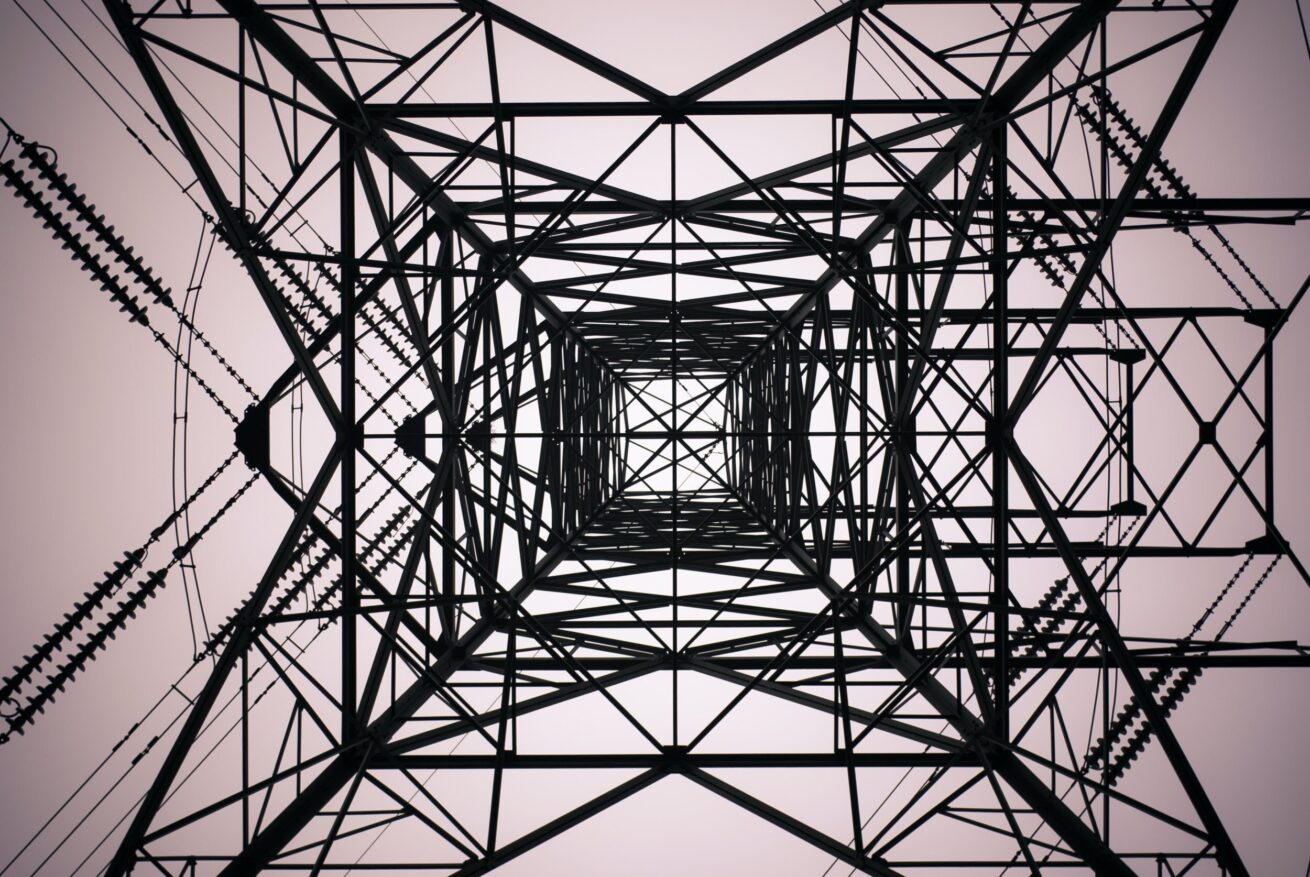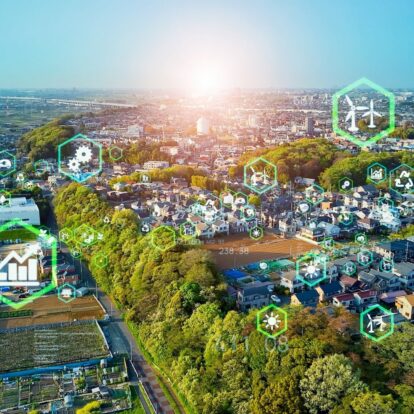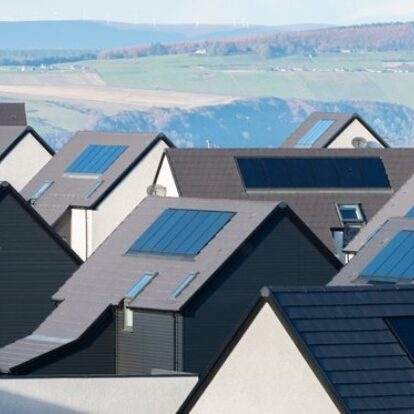Close-up: Renewable energy infrastructure
24 Oct 2022

With energy prices increasingly likely to remain high for the foreseeable we take a dive into the renewable assets market.
We all know about the year 2020.
We lived through it and while it will mostly be remembered as the year Covid took over; it was also a significant 12 months for UK energy generation.
The year 2020 was Britain’s greenest year on record to date, with renewables contributing a 43.1 per cent of the electricity mix.
It was ahead of natural gas at 34.5 per cent and a nuclear contribution of 16 per cent.
When compared with 1991 it’s a staggering rise; renewables accounted for just 2 per cent of electricity generated in the UK.
But how, as the net zero push gathers pace can we boost the use of renewable energy.
In the UK there are four main sources of renewable energy, wind, solar, hydro and bio.
It is through large and small scale wind and solar farms and sites that homes and businesses can receive renewable energy.
Owners of these renewable assets can make big bucks these days.
And with smarter arrangements, i.e. engaging in the best power purchase agreements available, they can and will benefit more so during this energy transition journey.
UK ranks 3rd in clean energy investment market
It was revealed earlier this year that the UK jumped to third in EY’s bi-annual ranking of the attractiveness of national renewable energy investment.
China and the US are the only two countries that sit above us.
The Energy Security Strategy announced by the Government in 2022 contributed to the climbing up the investment table from fifth position.
By 2030 the Government’s ambition – laid out in the strategy – is for 95 per cent of the UK’s electricity generation to be low-carbon by 2030, increasing by 2035 to 100%.
Bold. And a landmark ambition we at UrbanChain fully support.
While offshore wind capacity and hydrogen production have been outlined as tools to help reach the targets, not much has been said about how solar and onshore wind will play their part.
Supply chain challenges exist when it comes to deploying solar. But this can and should still be overcome.
As there is no doubt that investors are more often turning their attention to renewables.
What we need is more large scale renewable assets and more micro assets. And more and more.
According to research commissioned by the United Nations Framework Convention on Climate Change (UNFCCC), around $125 trillion will be required in climate investment to achieve net zero.
A report by the World Economic Forum this year stated that the world spent $755 billion on deploying low-carbon energy technologies in 2021 – up by almost 30 per cent from 2020.
The 2021 energy investment league table placed the UK in fourth position globally on £31bn.
Behind Germany’s $41bn, the US’s $114bn and China’s $266bn but ahead of France and Japan at $27bn and $26bn respectively.
The data came from BloombergNEF.
P2P PPA
Going back to EY’s UK findings, it was stated that investors ‘were encouraged by proposals to simplify the planning process for many kinds of renewables’.
Investment is ramping up. And it will continue.
After all, 2050 net zero goals are being considered or have already been set by more than 130 countries.
What all owners of renewable infrastructure and assets require is a power purchase agreement (PPA).
It’s a contractual agreement between buyers (energy suppliers and corporate consumers) and sellers (renewable generators / power producers) of energy.
They centre on the amount of energy generated by a renewables asset and tend to be signed for around 10 to 20 years.
And investors and renewable asset managers and owners are obviously looking to maximise their return.
A big consideration for them is income security.
At present, as the world continues to shift to a cleaner energy mix, the PPA landscape has changed and will continue to.
And you – renewables asset owners, asset managers, infrastructure funds investing in renewables and utilities and energy companies that wish to build their own renewables assets – are all losing out.
The PPAs you have are linked to the wholesale market. The very market that is directly affected by the risk of volatile gas prices.
Another issue for them is they are only securing income with the credit of one single off-taker.
That unfortunately remains the current practice in the PPA market.
But UrbanChain’s P2P PPAs are changing this.
As we secure your income with the credit of a collection of consumers.
Through our Peer-to-Peer Exchange system we make a contract between one generator and what might be many consumers.
And /or we make a contract between one consumer whose energy might come from a combination of generators.
It’s all part of the energy market just for renewables – Peer-to-Peer Exchange – that we created in 2017. A market that is now mainstream and one that is driven by AI and Blockchain.
Put simply, we directly connect generators and corporations together.
The system is 95% accurate in prediction and matching – and we have made it viable without government subsidies.
So, higher security and higher returns all from renewable energy technology.
Aggregate the generators and consumers, profile, make a shape, match them then make a contract between one generator and what might be many consumers.
Or make a contract between one consumer whose energy might come from a combination of generators.


